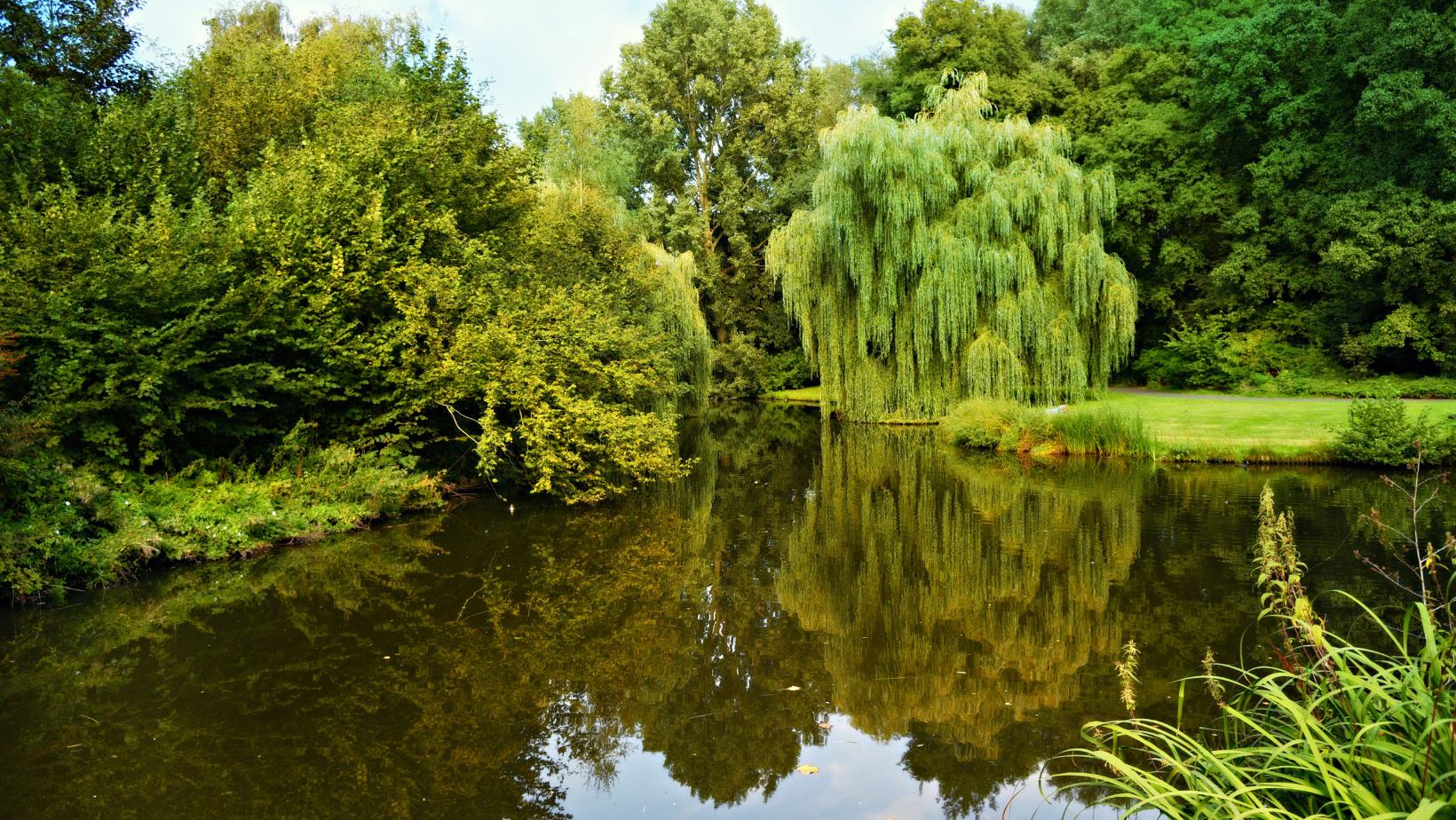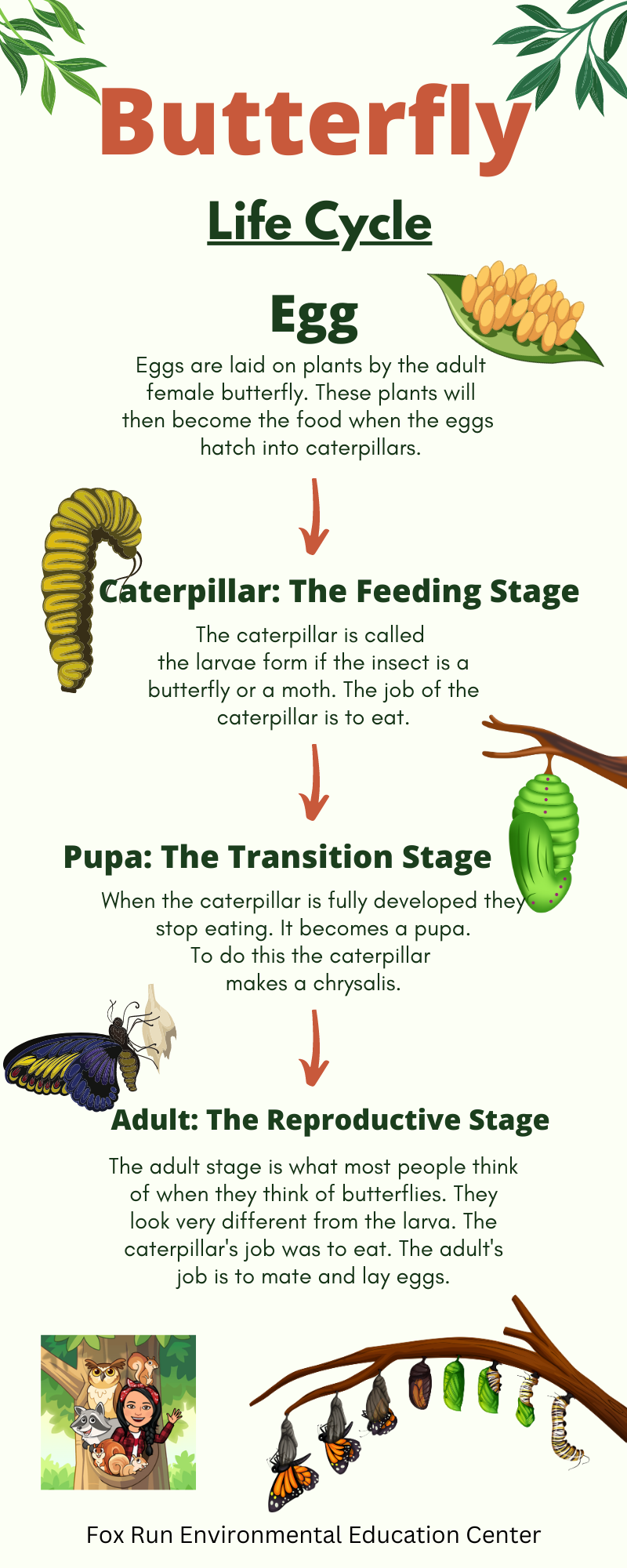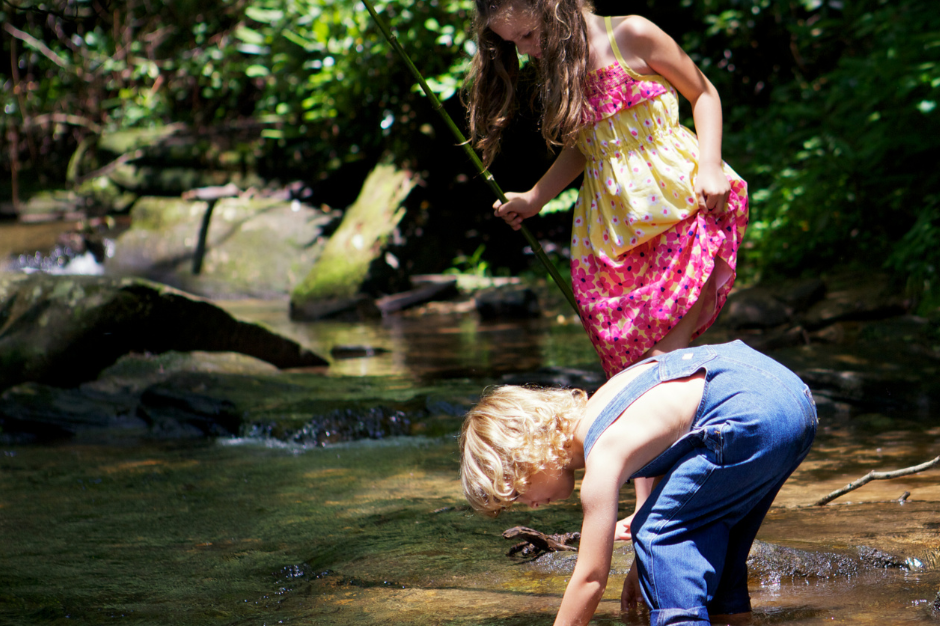A pond is a small area of fresh water. It teems with living things and makes a fantastic habitat to explore. And of course, part of the fun is getting wet and dirty.
Ponds offer children an endless source of wonder. They constantly change, and there are new things to discover with each visit.
This article will guide you with fun educational activities that you can do with your family, homeschooling group, or classes. Engaging young scientists by actively exploring a pond can nurture their natural curiosity and help improve their scientific literacy.
Never leave children unattended around a pond, wear sturdy shoes, and know what poison ivy looks like. The banks of a pond may be slippery with mud and water. An adult should always check out areas to be explored first.
Characteristics of a Pond
A small body of fresh water
Water is still and not flowing like a creek
A pond is shallow which allows sunlight to reach the bottom. This allows for plant growth
Water level may fluctuate quite a bit during rainy and dry weather patterns
Fun Fact. Ponds are Lentic. A lentic ecosystem is one with still, non-flowing water.
Bull Frogs are fairly common and an easy species to spot. Photo by Ame Vanorio
Show Respect
Before you get to the pond discuss with the kids how to be respectful nature observers. The truth is that quiet observers see a lot more wildlife. After your pond visits, there can be a fun time to run around like hooligans!
Have a thumbs-up signal if someone spots something cool. Don’t remove natural objects. Take a photo to remember what you saw.
Explore The Pond Edge
The pond edges are full of diversity and can provide a unique place for children to learn about the natural world.
The transition area from land to water at the pond edge is full of life. Many of these organisms have unique adaptations that allow them to survive in this zone.
I love this series of pocket guides! They are the size of a brochure, laminated and an easy picture reference. Great for kids because they are so easy to use!
Use Your Senses
It’s not only children that benefit from using their senses while exploring nature. A pond is alive with sounds, smells, and things to touch.
When we use our senses we are interacting with the natural world. Oler students can make a journal entry or fill out a guided worksheet.
Read my article Forest Sensory Walk For All Ages.
Animals At The Pond
Animals that children can find living on the pond edge include frogs, salamanders, small fish, and aquatic insects like dragonflies and damselflies. Kids will learn about how these animals spend their early lives under the water, and their adult lives on the pond edge.
For example, when exploring the pond edge, children can learn about the life cycle of frogs and other animals. They can compare and contrast the life cycle of a frog with that of other animals, such as butterflies.
Check out our free downloads and other resources! You can download this infographic.
Look Underwater! Homemade Water Scope
Make a water scope to explore the shallow water at the pond’s edge. A water scope is simple to make at home. The materials needed are easy to find. Construct the water scope from a plastic bottle or coffee can with both ends of the cylinder removed.
Once you have a cylinder without ends, Wrap clear plastic wrap over one end until the plastic completely covers one hole. Put rubber bands around the plastic wrap to keep it tight around the cylinder.
Once construction of the water scope is complete, push the plastic-covered end of the water scope two or three inches below the water’s surface. Children can see tadpoles, minnows, juvenile fish, and aquatic insects in the shallow water along the edge.
In addition to finding animals, kids can study the aquatic plants that live life on the pond’s edge. The structure of the flowers that bloom on these plants is different than terrestrial flowers.
In addition, the leaves and stems of these plants are also different and offer kids a look at how plants have adapted to partially living in the water.
Things To Bring To Explore A Pond
Binoculars
Magnifying Glass
Pencil and notebook or drawing pad
Identification guides
Small bucket to temporarily put some water and small creatures in
I love listening to books. It's so convenient! when I'm out in the garden.
Catch Aquatic Invertebrates
Aquatic invertebrates, also called macroinvertebrates, come in a wide variety of shapes and sizes and are found in many different habitats. The aquatic invertebrates that live in ponds are mostly found around the pond edge.
Children can catch both adult and juvenile macroinvertebrates and start understanding how those animals drastically change as they grow from one life stage to the next.
Identifying those invertebrates is a fun activity for kids of all ages. Macroinvertebrate identification guides are available online for free.
People can catch aquatic invertebrates by using a butterfly net. Use the net to scoop lightly over the leaves and flowers of the plants along the water’s edge. This method usually catches adult aquatic invertebrates but may also capture emerging juveniles.
Butterfly nets are great for catching invertabrates and insects in the pond. Just remember to look at them briefly and then place them back in their water habitat.
Another method to collect invertebrates is sweeping a net through the submerged aquatic plants along the pond’s edge. People can capture juvenile aquatic invertebrates that live on or feed on aquatic plants.
Depending on the pond type and location, the bottom may be muck, sandy, gravelly, rocky, or covered with vegetation. For muck or sandy bottoms, you can use a net and sweep it along or into the pond bottom.
For rock or gravel bottoms, the net may not work as well. It may be easier to pick up rocks and look at them closely or scoop up a handful of gravel and visually inspect it. When plant matter covers the bottom, scooping up a handful of vegetation and scanning it may also reveal interesting insect larvae.
Scavenger Hunt Around The Pond’s Edge
Children of all ages enjoy outdoor games. Scavenger hunts are a great way for children to develop their observational skills in nature while learning and having fun at the same time. Because the edges of ponds contain a diverse set of plants and animals, they are a great place to challenge kids to go on a hunt.
Younger children can participate in a scavenger hunt with a few easy-to-find items, such as Canada geese, frogs, snails, cattails, water lilies, and dragonflies. Older children can participate in a hunt with more items that require keen observational skills, such as tadpoles, damselflies, minnows, kingfishers, spatterdocks, water milfoil, and salamanders.
The items on a scavenger hunt list depend on the pond’s location. Ponds in Kentucky will have some different items than ponds in Oregon.
Local extension agents, city park managers, and state natural resource agencies can provide resources online or in person. People can use these resources to construct an age-appropriate scavenger hunt for children. In addition, they can provide identification information about macroinvertebrates and fish species found in local ponds.
Field Guides For Kids
Take Along Guides
The Take Along Guides are great resources for younger children. They have great pictures and the text is not overwhelming. There is one on Frogs, Toads, & Turtles as well as a variety of other topics. The grade level says 2 - 5 but I would say it’s good for grades 1 - 4.
Ultimate Explorer
Produced by National Geographic they have fabulous pictures although the pages are a bit busy. There is one on reptiles and amphibians. Great for grades 3 - 6.
Let me know how your pond trip goes in the comments!






There’s nothing quite like the magic of a forest to spark a young child’s imagination. The dappled sunlight, chirping birds, earthy smells, and crunchy leaves create a natural classroom that invites exploration.
For preschoolers and early elementary-aged children, a forest sensory walk is a wonderful way to learn about the environment. Full of things to hear, see, smell, taste, and touch. Plan to take a walk in the forest and use your senses to explore.